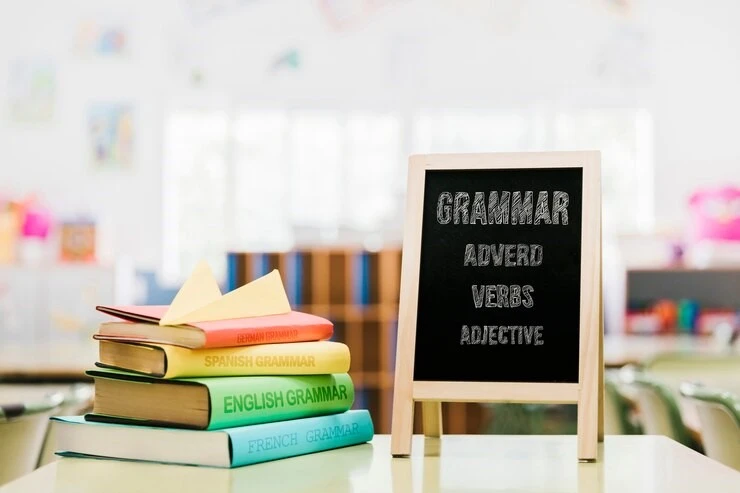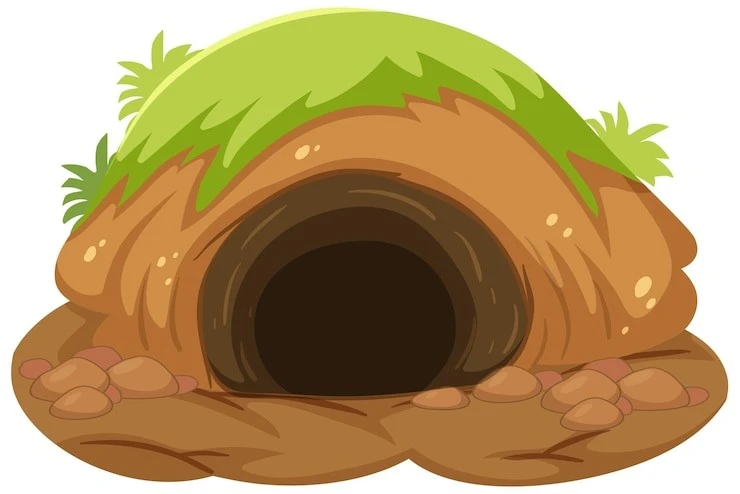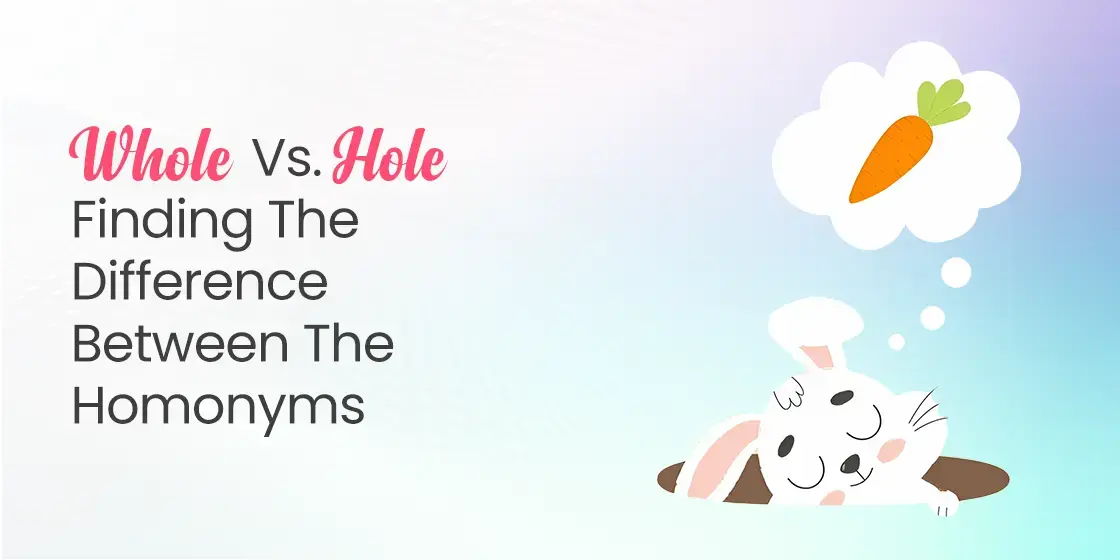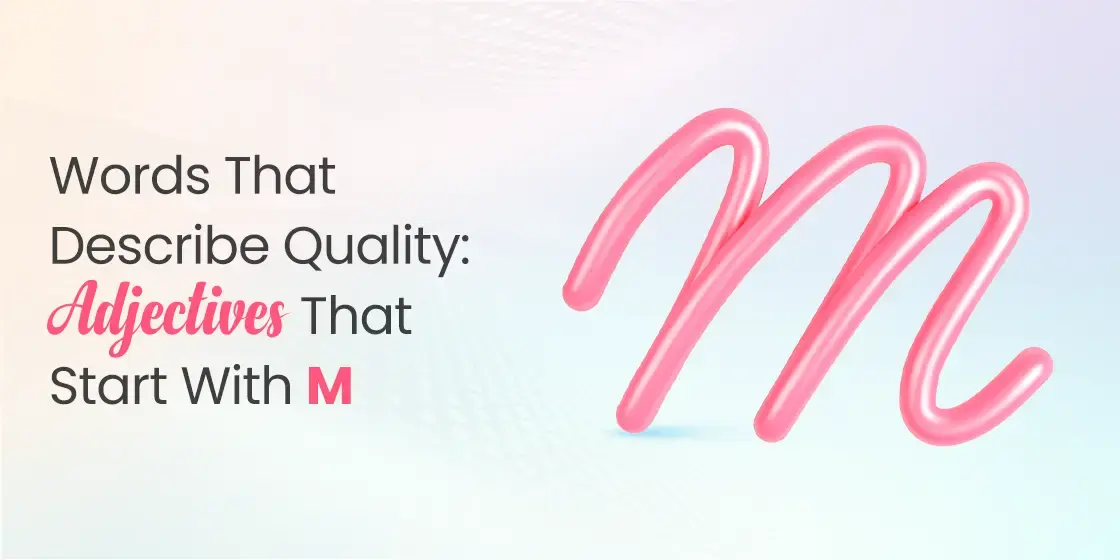Table of Content
Discover the Difference of Usage Between Whole vs Hole in the English Language
The English language, while rich and expressive, can often present challenges due to the existence of homonyms. What are homonyms, you may ask? They are words that sound alike but possess different meanings and spellings.
Among the homonym pairs that frequently trip up writers are “whole” and “hole.” The two words, despite their identical pronunciation, represent distinct concepts, and are used in entirely different contexts. Misunderstanding or interchanging whole vs. hole can lead to confusion and unintended meanings in written communication.
In this guide, we will demystify the distinction between the homonyms “whole” and “hole,” using their meanings, grammatical functions, and appropriate usage. We will start by understanding the concept of homonyms in the English language, and then explore the common issues they cause to amateurs and professional web copywriting services alike.
By the end of this article, you will have a solid understanding of these two commonly confused words, enabling you to use them accurately and confidently in your writing. Let’s begin.
What are Homonyms in the English Language?

Homonyms are words that share the same pronunciation but have different meanings and different spellings. The term “homonym” itself originates from the Greek words “homos” (same) and “onyma” (name).
These words can sometimes lead to ambiguity or misunderstandings if not used correctly in context. The English language is particularly rich in homonyms, a result of its diverse historical influences and the evolution of pronunciation over time. Examples of other common homonym pairs beside whole and hole include “there,” “their,” and “they’re“; “to,” “too,” and “two“; “see” and “sea“; and “write” and “right.”
What Does the Presence and Popularity of Homonyms in English Represent?
The existence and prevalence of homonyms highlights the importance of context in language comprehension. While two words may sound identical, their meaning becomes clear when they are placed within a sentence and considered alongside the surrounding words and the overall topic of discussion.
For example, the sentence “I ate the whole pie” clearly uses “whole” to mean the entire pie, while “There was a hole in the fence” uses “hole” to refer to an opening. The surrounding words provide the necessary clues to differentiate the intended meaning.
Homonyms can pose a particular challenge for individuals learning English as a second language, as the phonetic similarity can obscure the differences in meaning and spelling. Even native speakers can occasionally stumble over less common homonym pairs.
Understanding the definitions and proper spellings of homonyms is crucial for effective communication in brand copywriting as well as in interpreting spoken language. Paying close attention to the context and considering the intended meaning are key ways to navigate the complexities of these fascinating linguistic phenomena.
Whole vs Hole – What Common Issues Do Homonyms Cause?

The homonyms “whole vs hole” is a frequent source of confusion in written English due to their identical pronunciation. This phonetic similarity can lead to errors where one word is used in place of the other, resulting in sentences that are either nonsensical or convey an unintended meaning. The issues caused by the misuse of “whole” and “hole” can range from minor grammatical slips to significant misunderstandings that alter the intended message.
One common error is using “hole” when conveying the idea of completeness or entirety. For example, someone might incorrectly write “I ate the hole pizza,” intending to say they ate the entire pizza. This mistake, while perhaps understandable due to the similar sound, creates a nonsensical image of eating a pizza with a hole rather than the entire pie. Conversely, “whole” might be mistakenly when referring to an opening or cavity. For instance, “There was a whole in the ground” incorrectly uses “whole” to describe an opening in the ground.
These errors highlight the importance of visual differentiation and understanding the distinct meanings of the two words. While they sound the same, their spellings are different, and they represent entirely different concepts. Relying solely on auditory cues can lead to mistakes. Therefore, paying attention to the context of the sentence and the surrounding words will usually provide strong clues as to which homonym is the correct choice.
When Should You Use “Whole?”

The word “whole” is primarily used as an adjective or a noun to signify completeness, entirety, or an unbroken unit. From adjectives that start with W, “whole” modifies a noun to indicate that it is complete or not divided. For example, “I ate the whole apple” means that I consumed the entire apple.
Similarly, “The whole team celebrated the victory” indicates that every member of the team participated in the celebration. Other examples include “the whole truth,” “a whole day,” and “the whole world.” In these cases, “whole” emphasizes the entirety of the noun it modifies.
As a noun, “whole” refers to the entirety of something. For instance, “The sum is greater than the whole of its parts” uses “whole” to mean the total. Another example is “He spent the whole of his inheritance quickly,” where it refers to the entire amount of his inheritance. In mathematical contexts, “whole numbers” refer to the set of non-negative integers (0, 1, 2, 3, …), emphasizing their unbroken and complete nature within that set.
Moreover, it can be part of idiomatic expressions conveying the idea of completeness. Phrases like “on the whole” mean generally or in general, while “the whole shebang” refers to everything involved. Understanding these different grammatical functions and idiomatic uses of “whole” is crucial for using it correctly to convey the intended meaning.
What Demonstrates the Need for the Word “Hole?”

The word “hole” is primarily used as a noun to denote an opening in or through something. It refers to a gap, cavity, or perforation. For example, “There was a hole in the ozone layer” describes an opening in the Earth’s stratosphere. Similarly, “The rabbit disappeared down a hole” indicates an opening in the ground. Other examples include “a hole in my sock,” “a hole in the wall,” and “a pothole in the road.” In all these cases, “hole” refers to a physical opening or void.
“Hole” can also be used in a figurative sense to describe a deficiency. For example, “There was a hole in their argument” suggests a weakness or missing element in their reasoning. Similarly, “He dug himself into a financial hole” uses “hole” metaphorically to represent a difficult or problematic situation. These figurative uses extend the basic meaning of an opening to represent a lack or a difficult predicament.
Moreover, “hole” is part of various idiomatic expressions. Phrases like “in the hole” typically refer to being in debt or at a disadvantage. “Hole up” means to hide or take refuge in a secluded place. “Pick holes in” means to find fault with something. Understanding both the literal and figurative uses of “hole,” as well as how to use them effectively according to rules of copywriting, is essential for recognizing when this word is needed in your writing.
FAQs
| Is it “whole day” or “hole day?” As the phrase refers to the day in its entirety, therefore the phrase is “whole day.” |
| When to use “as a whole?” You should use the phrase when considering a group of things in its entirety, and not individually. |
| What is the meaning of “a whole bunch?” “A whole bunch” refers to a large amount or number of something. |
Conclusion
Distinguishing between the homonyms whole vs. hole is essential for clear and accurate written communication in the English language. While they share the same pronunciation, their meanings and grammatical functions are entirely different.
By carefully considering the intended meaning and focusing on the distinct spellings and contexts in which each word is used, writers can avoid common errors and ensure that their message is conveyed with precision and clarity. Mastering the difference between “whole” and “hole” is a fundamental step towards more effective and confident English usage.

Unleash your brand story`s potential with eContentSol – your creative writing companion. We craft narratives that captivate. Ready to elevate your content game? Dive into creativity with us and let`s bring your ideas to life.


